The cold blood of amphibians and reptiles
When you touch a cat or a bird, you feel the warmth the animal gives off. If you handle a grass snake or a frog, however, you feel a coolness. These latter creatures are said to have cold blood. What’s that about?
Like fish, members of the class amphibians (frogs, toads, salamanders) and the class reptiles (lizards, snakes, turtles and tortoises) are ectothermic. The temperature of their bodies is regulated through contact with external heat or cold. They are also called poikilothermous, in that their body temperature is variable.
When it’s hot out, their metabolism activates, their blood warms up. The animal uses this warming to explore its territory, hunt for food, eat, reproduce or quite simply, digest its meal. When the ambient temperature falls, the animal cools off, slows its activity and enters into a lethargic phase.
The temperature of the blood of these animals fluctuates with the temperature of their environment and can even go beyond that of mammals or birds. Ectotherms control their body temperature by exposing themselves to sunlight or a heat source and cool themselves by staying in the shade or in a cool place.
Tolerance to temperature variations varies with species, but there are limits that must not be crossed. Between -1° and -10°C and above 40°C, it is critically important that the animal warm or cool itself to prevent its death.
For reptiles, the species best adapted to high temperatures are generally diurnal, while those who have the most trouble with heat are generally nocturnal. In general, amphibians tolerate cold better than reptiles.
The 36 reptiles and amphibians that live in Québec spend the winter in hibernation, buried in the forest humus, in the mud in wetlands or in the shelter of a deep crevice. They are seen again, alive and well, when the spring thaw takes place.
More from this author by clicking on his photo below.


Jacques Prescott131 Posts
Jacques Prescott est biologiste, professeur associé à la Chaire en éco-conseil de l’Université du Québec à Chicoutimi. Spécialiste de la biodiversité et du développement durable, il est l’auteur de nombreux livres et articles sur la faune et la conservation de la nature. Il nous fait l’honneur de rejoindre notre équipe de collaborateurs et signera chaque mois une chronique intitulée Faune et flore. / Jacques Prescott is a biologist, associate professor with the Chair in Eco-Counselling of the Université du Québec à Chicoutimi. A specialist in biodiversity and sustainable development, he is the author of numerous books and articles about wildlife and nature conservation. He has honoured us by joining our team of contributors and will write a monthly column entitled Wildlife and Habitat.
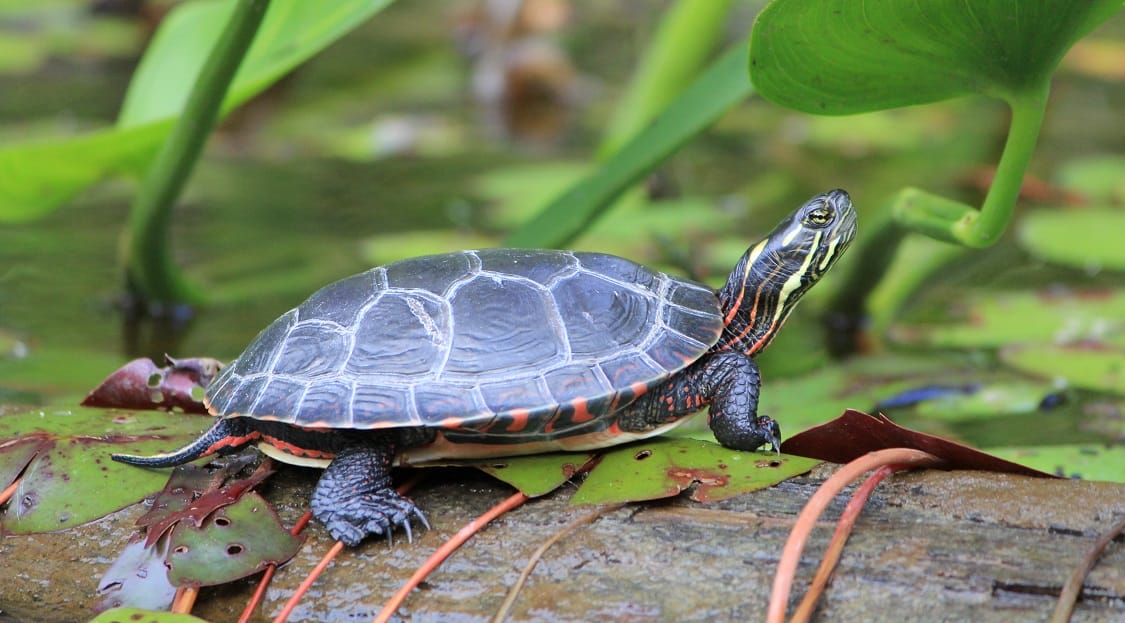


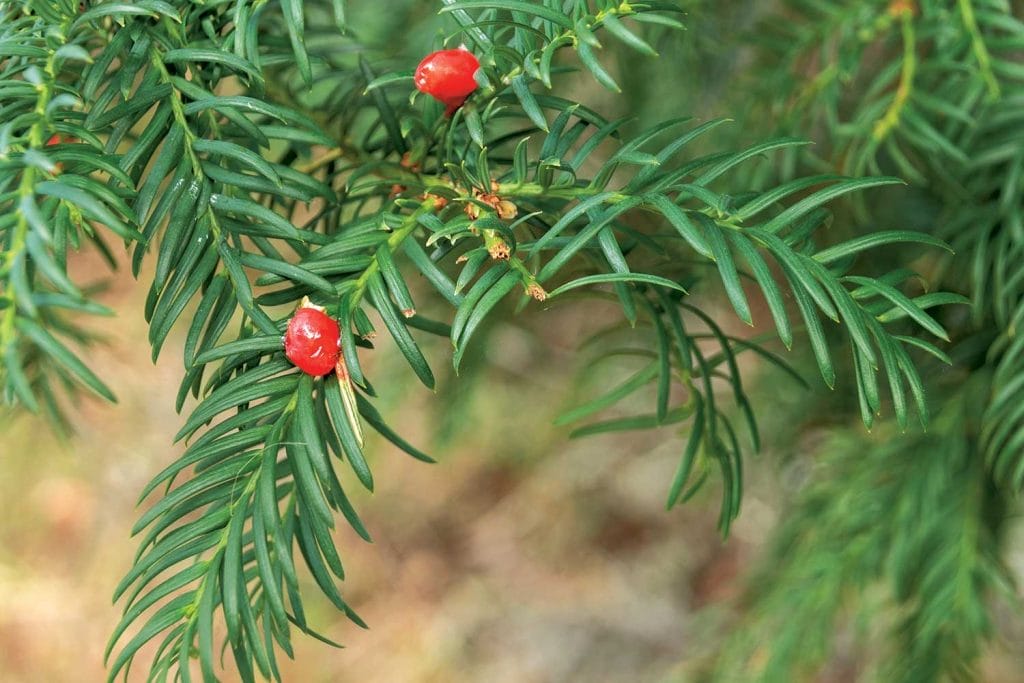
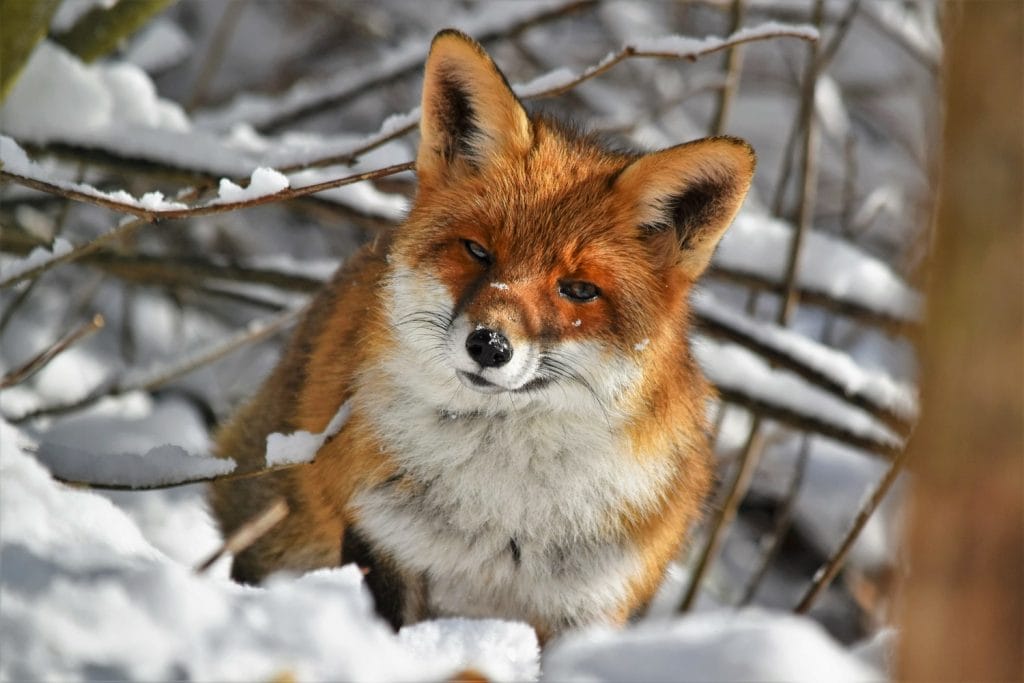
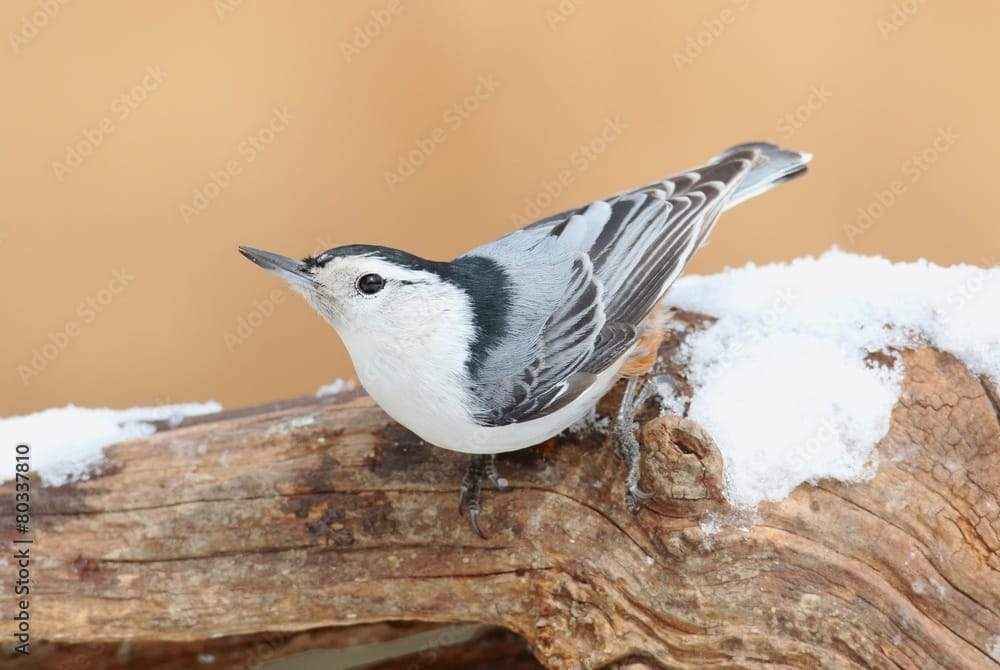
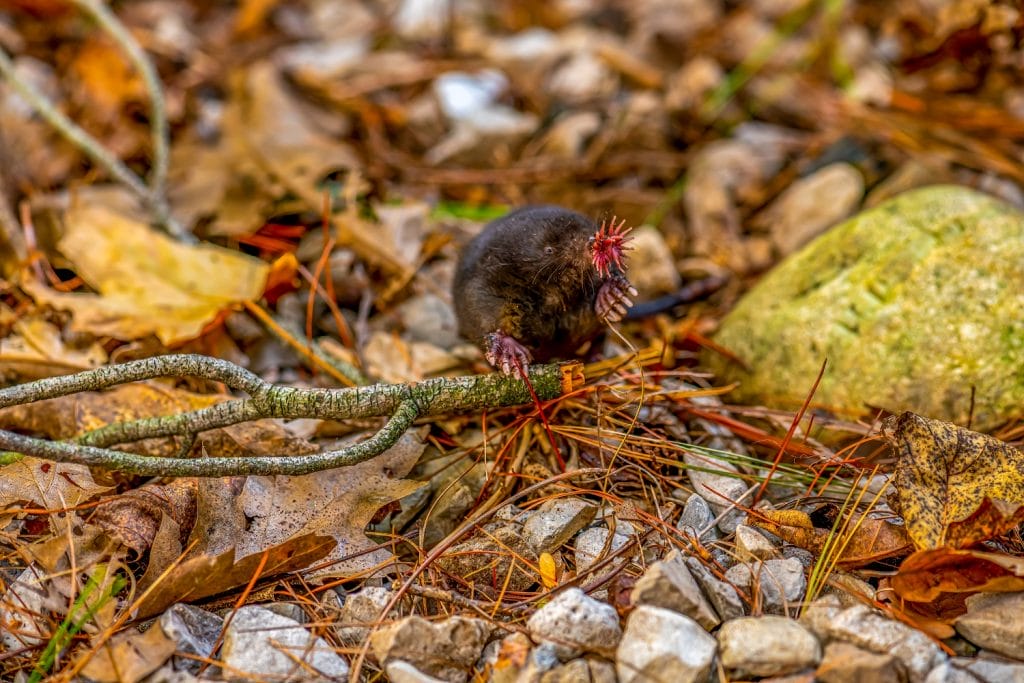





0 Comments